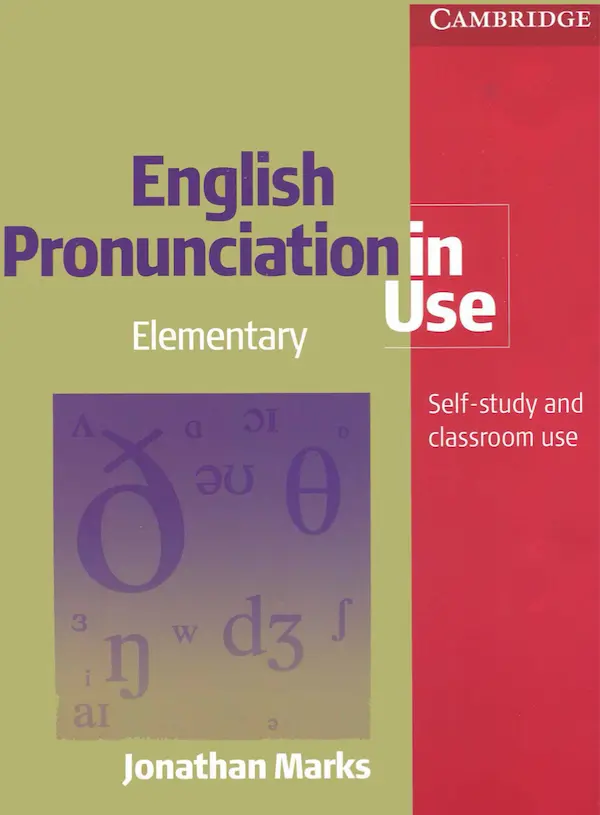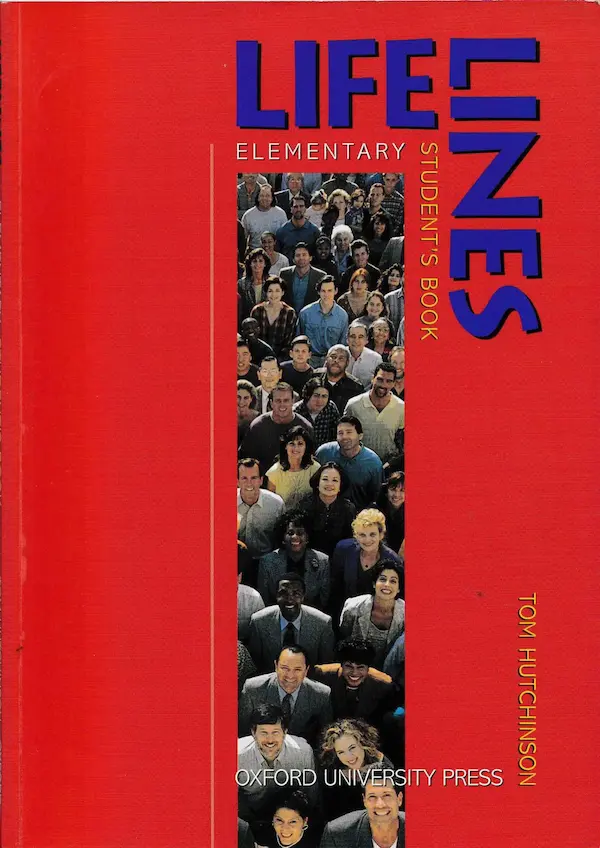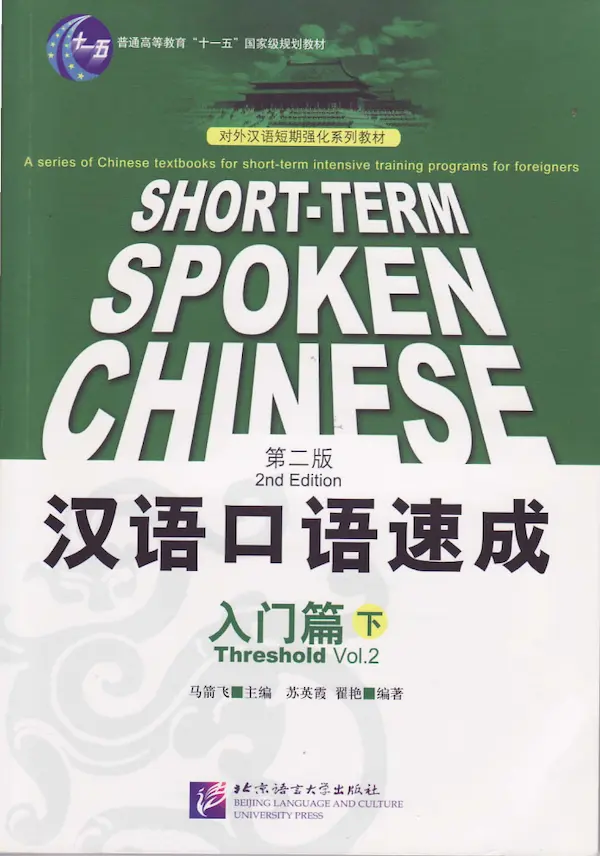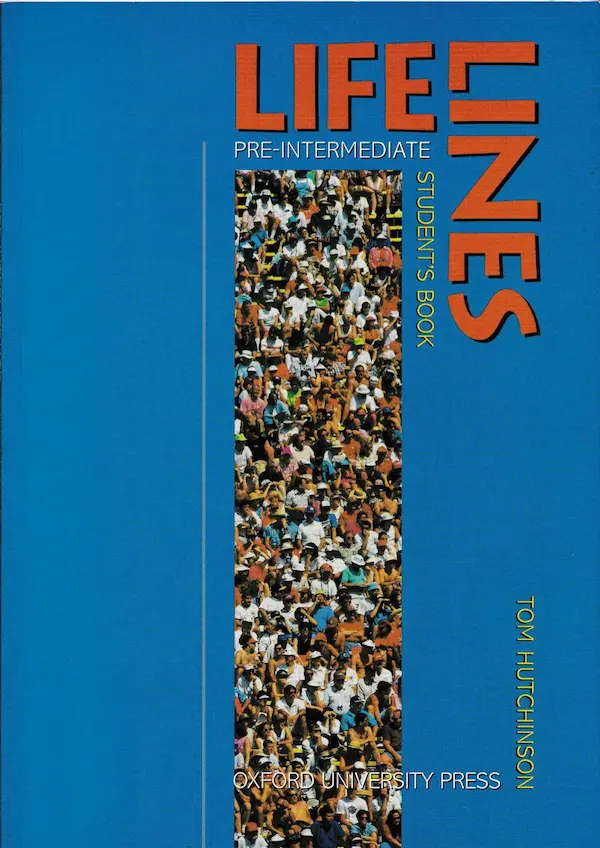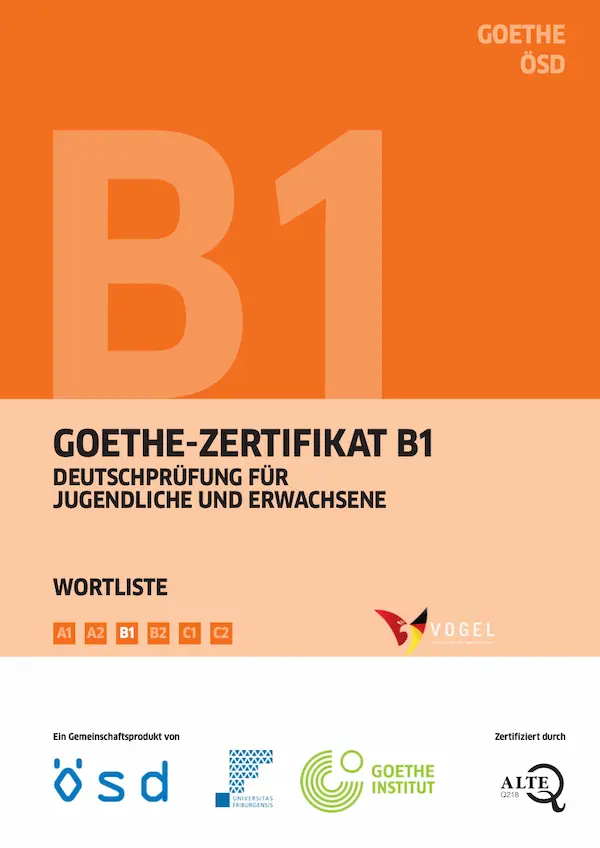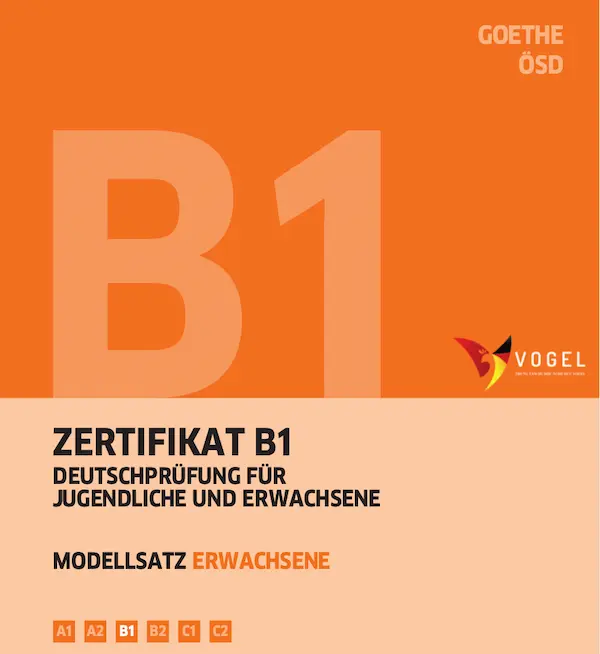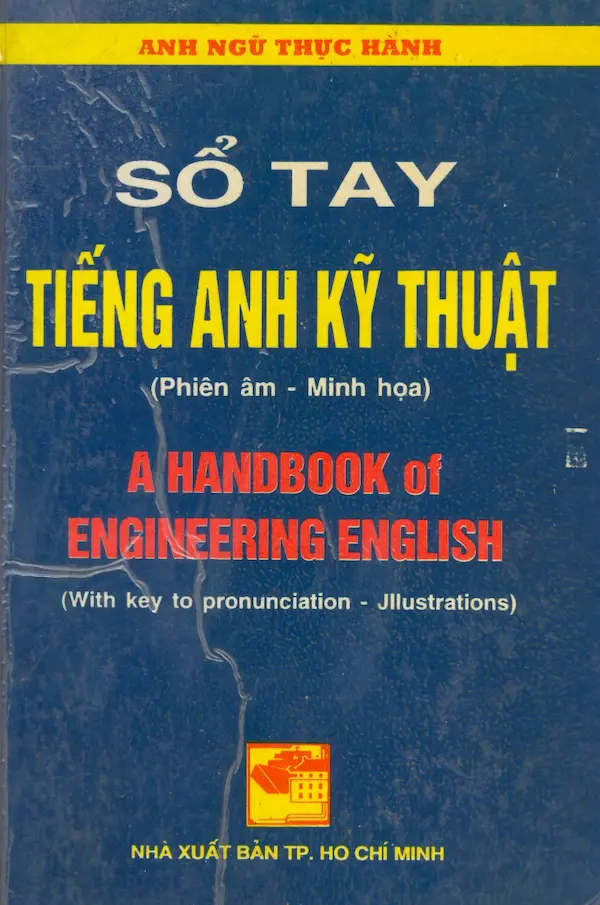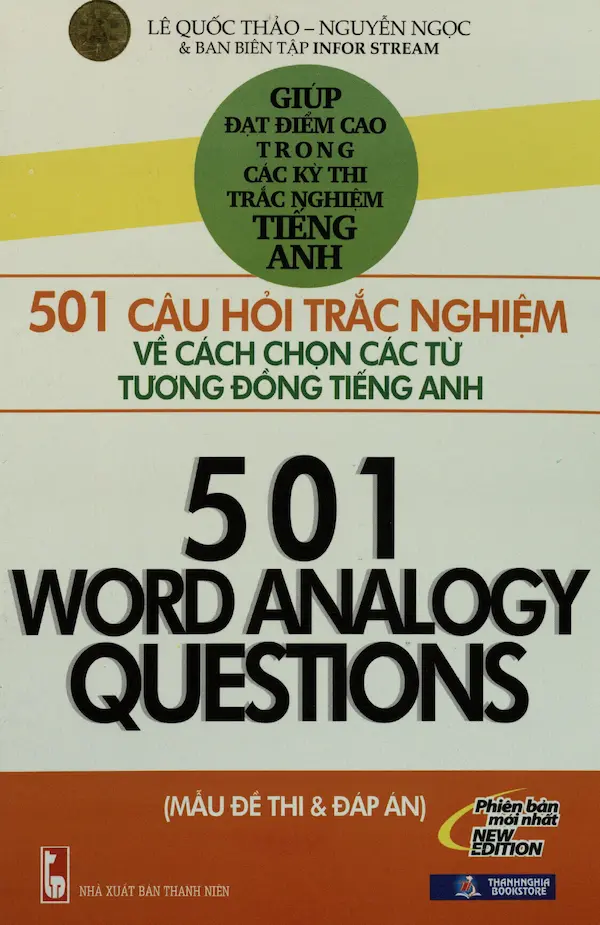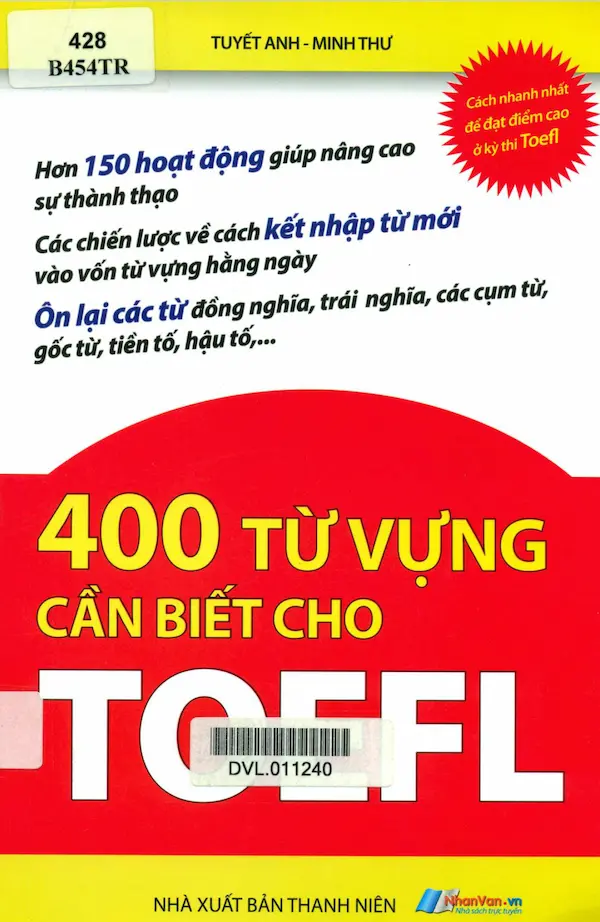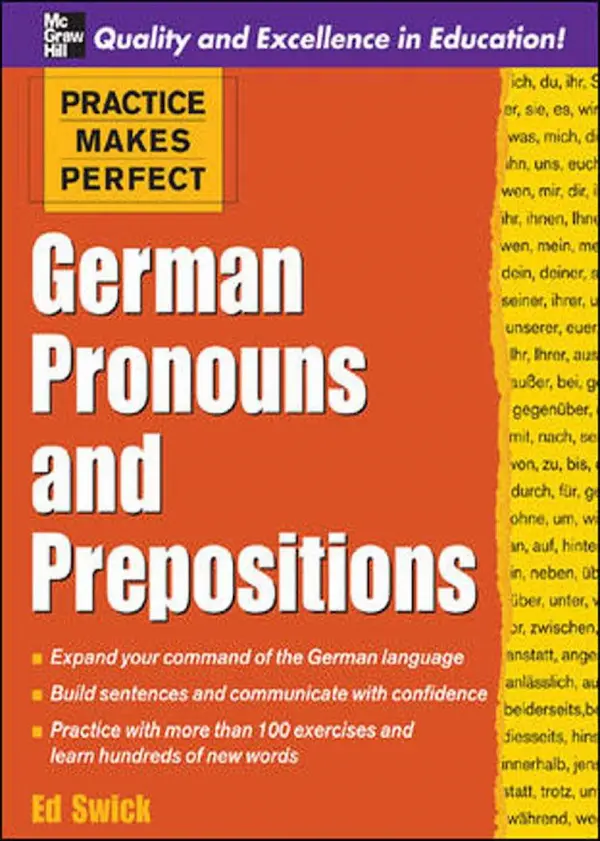
The English Pronunciation in Use Elementary course - book and CDs, or book and cassettes - is to help you with your English pronunciation.
What will I need?
You will need a cassette or CD player to listen to the recordings. The symbol A shows the
track numbers of the recordings. It will be useful if you can record your own voice, so that you can listen to your own pronunciation and hear your progress. When you are studying individual sounds it is sometimes useful to have a mirror, so that you can
see the shape of your mouth and compare it with the diagrams in the book. How is English Pronunciation in Use Elementary organised?
There are 50 two-page units in the book. Each unit is about a different pronunciation point. Section A (Units 1 to 27) is about how to say and spell individual sounds, and groups of sounds together. Section B (Units 28 to 32) is about joining sounds to make words. Section C (Units 33
to 43) is about pronunciation in phrases and sentences. Section D (Units 44 to 50) is about
pronunciation in conversation. The left-hand page of each unit has explanations and examples, and the right-hand page has exercises (except Units - and 50). After these units is Section E, where you will find: E1 Chart of phonemic symbols - with example words for every symbol. E2 Guide for speakers of specific languages - Speakers of different languages have different
problems with English pronunciation, and this guide shows which units in the book may be
especially helpful for them. E3 Sound pairs - If you have problems with hearing the difference between pairs of sounds, you
can find extra practice here. E4 From spelling to sound - In English, the same sound can often be spelled in different ways. Here you will find the most common spellings of each sound. ES The alphabet - exercises to help you say the letters of the alphabet, and understand them
when you hear them. E6 Pronouncing numbers- exercises to help you pronounce different kinds of numbers, and
understand them when you hear them.
E7 Pronouncing geographical names - how to pronounce the names of countries, continents, etc.
ES Homophones - words that are spelled differently but sound the same.
Why not have a look at Section E now, before you start the book?
At the end of the book there is a Key with answers to all the exercises. The CDs or cassettes contain all the recordings for the left and right-hand pages of the units,
and Section E. How should I use the course?
You can simply study the units from 1 to 50, or you can alternate units from different sections. For example, you could do Unit 1, then Unit 28, then Unit 33, then Unit 44, then Unit 2, and so on.
If you want to focus your work more closely, you can look at the Guide for speakers of specific languages in Section E2. This tells you which units are most important for speakers of different languages.
What will I need?
You will need a cassette or CD player to listen to the recordings. The symbol A shows the
track numbers of the recordings. It will be useful if you can record your own voice, so that you can listen to your own pronunciation and hear your progress. When you are studying individual sounds it is sometimes useful to have a mirror, so that you can
see the shape of your mouth and compare it with the diagrams in the book. How is English Pronunciation in Use Elementary organised?
There are 50 two-page units in the book. Each unit is about a different pronunciation point. Section A (Units 1 to 27) is about how to say and spell individual sounds, and groups of sounds together. Section B (Units 28 to 32) is about joining sounds to make words. Section C (Units 33
to 43) is about pronunciation in phrases and sentences. Section D (Units 44 to 50) is about
pronunciation in conversation. The left-hand page of each unit has explanations and examples, and the right-hand page has exercises (except Units - and 50). After these units is Section E, where you will find: E1 Chart of phonemic symbols - with example words for every symbol. E2 Guide for speakers of specific languages - Speakers of different languages have different
problems with English pronunciation, and this guide shows which units in the book may be
especially helpful for them. E3 Sound pairs - If you have problems with hearing the difference between pairs of sounds, you
can find extra practice here. E4 From spelling to sound - In English, the same sound can often be spelled in different ways. Here you will find the most common spellings of each sound. ES The alphabet - exercises to help you say the letters of the alphabet, and understand them
when you hear them. E6 Pronouncing numbers- exercises to help you pronounce different kinds of numbers, and
understand them when you hear them.
E7 Pronouncing geographical names - how to pronounce the names of countries, continents, etc.
ES Homophones - words that are spelled differently but sound the same.
Why not have a look at Section E now, before you start the book?
At the end of the book there is a Key with answers to all the exercises. The CDs or cassettes contain all the recordings for the left and right-hand pages of the units,
and Section E. How should I use the course?
You can simply study the units from 1 to 50, or you can alternate units from different sections. For example, you could do Unit 1, then Unit 28, then Unit 33, then Unit 44, then Unit 2, and so on.
If you want to focus your work more closely, you can look at the Guide for speakers of specific languages in Section E2. This tells you which units are most important for speakers of different languages.



